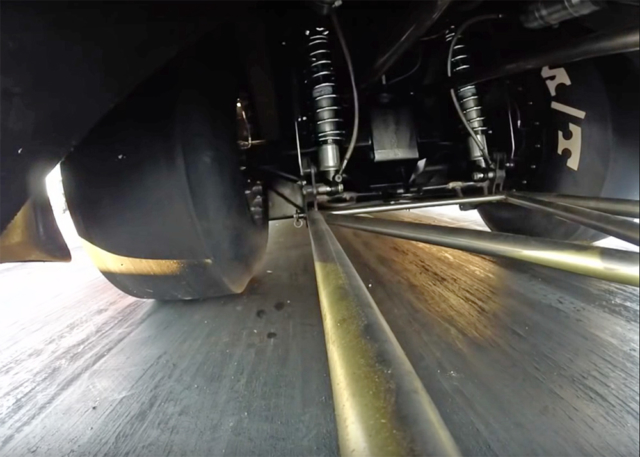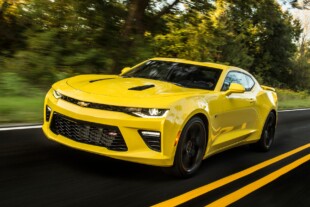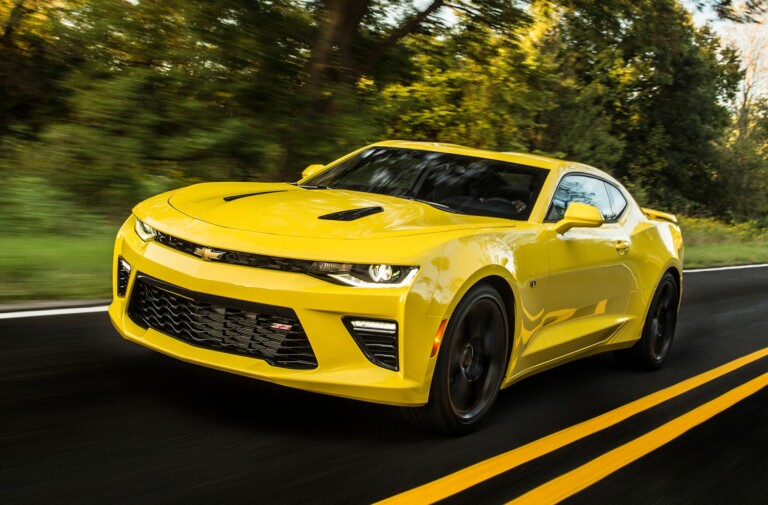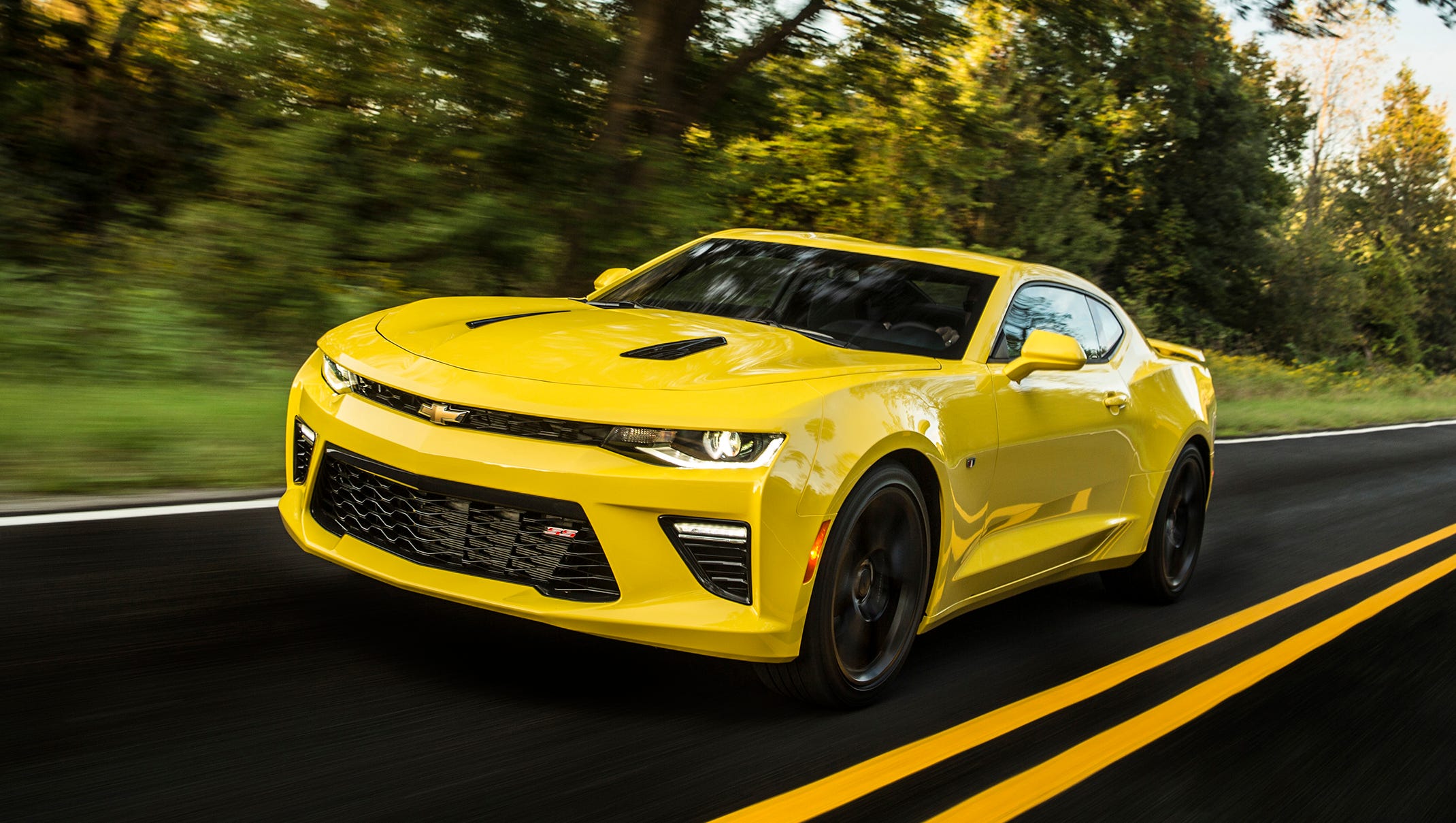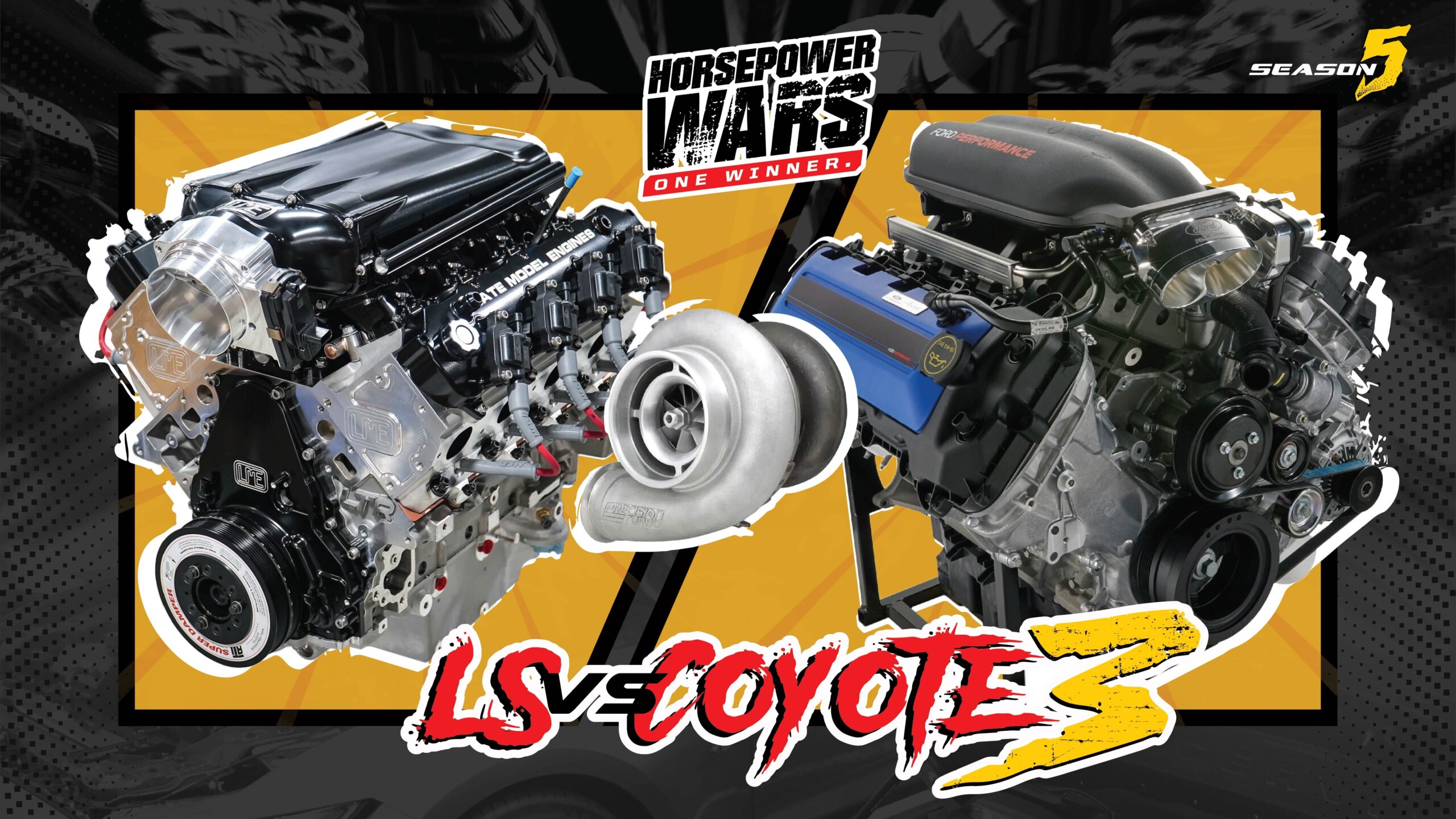For many people, they’ll never get the chance to slip behind the wheel of a high horsepower, twin turbocharged monster of a dedicated racing machine. But in the video seen here, you’re able to not only ride along with Outlaw 10.5 standout Nick Agostino, but get a bugs-eye view of the rear suspension doing work on a pass at Toronto Motorsports Park.
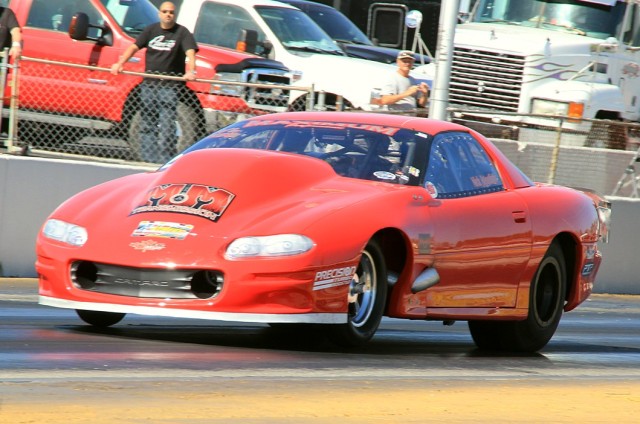
The Canada-based Chevrolet has also seen time on the smaller 315 Drag Radials, competing in Radial vs. The World.
If you ask the generic public about drag racing, the first thing that pops into most minds is high speeds and horsepower. Most don’t consider the importance of suspension when it comes to going fast and making all of that horsepower stick to the concrete. In Agostino’s case, his suspension has been fine-tuned with years of data and experience, including a set of Mark Menscer custom valved rear shocks with canisters. After the burnout, Nick backs into the hot rubber laid down from the Mickey Thompson 10.5-inch “W” slicks, which are class legal for the late-model Camaro.
Agostino carries his small-block onto the chip, spooling the twin turbochargers to launch on the desired boost level. The two small lunges forward are the ‘bump box’ that most turbocharged entries are using in today’s world that put the car from the pre-stage beams into the fully staged position without releasing the transbrake or losing any of the boost that was built in the spooling process. At the release of the transbrake, the Mickey Thompson slicks grab ahold of the concrete and blasts off the starting line. You can briefly see the power management of the car at the launch as it rolls off the starting line before the power is quickly ramped in.
As the rear of the car squads down on the tire, you can see the shocks absorb the power and keep the rear tires planted to the track as Agostino’s Camaro blasts down the track to another low 4-second elapsed time at close to 200 mph.



